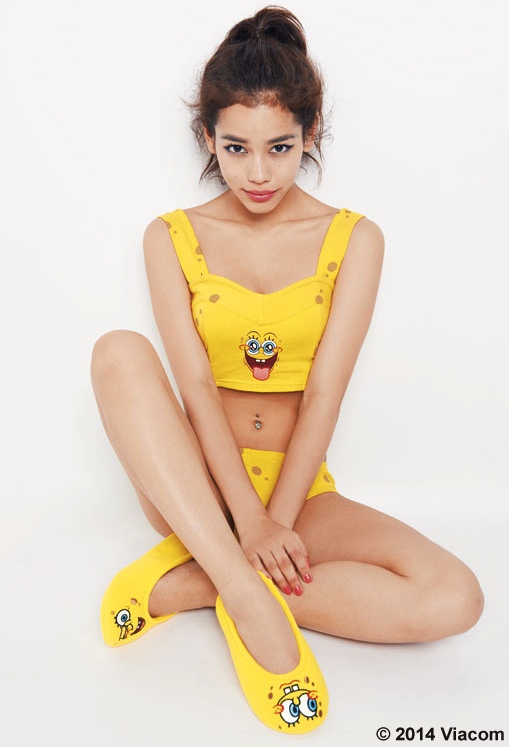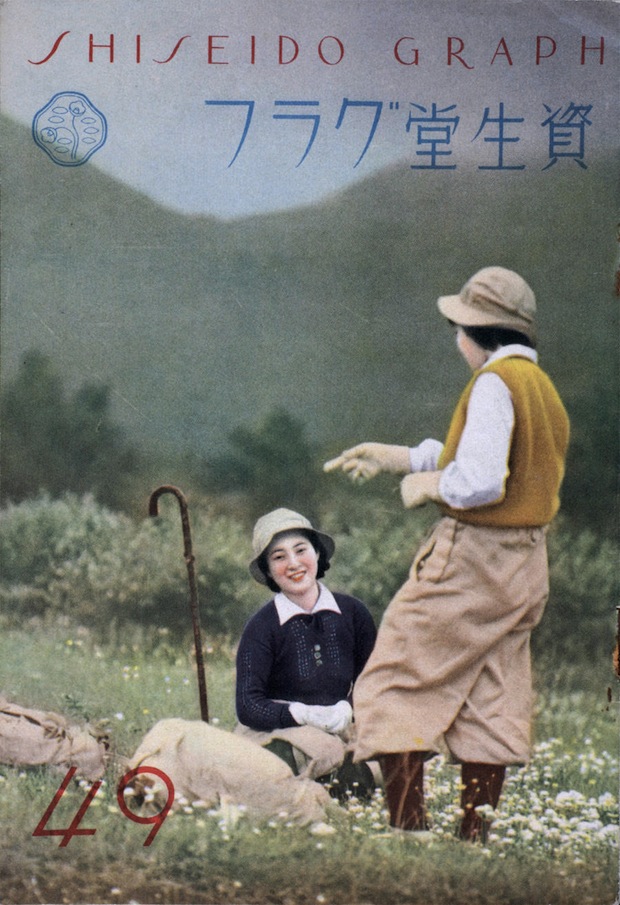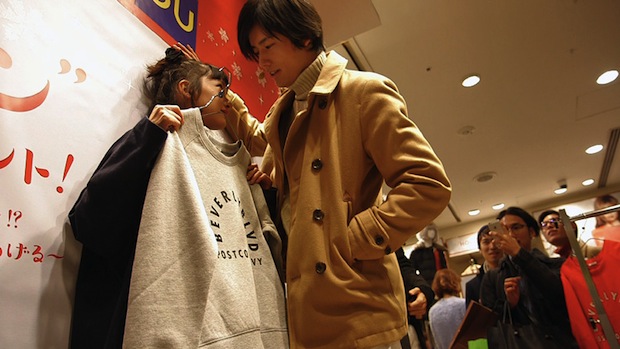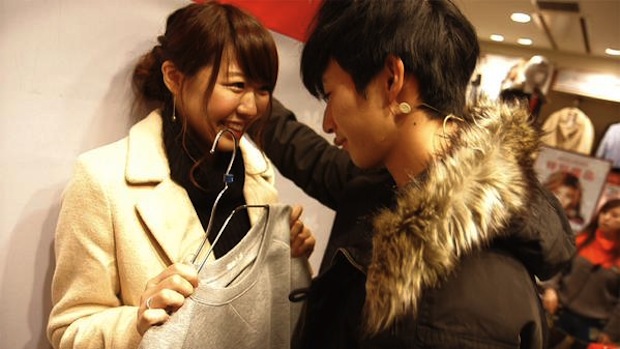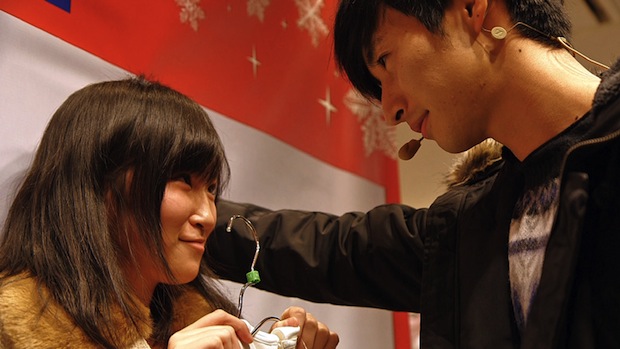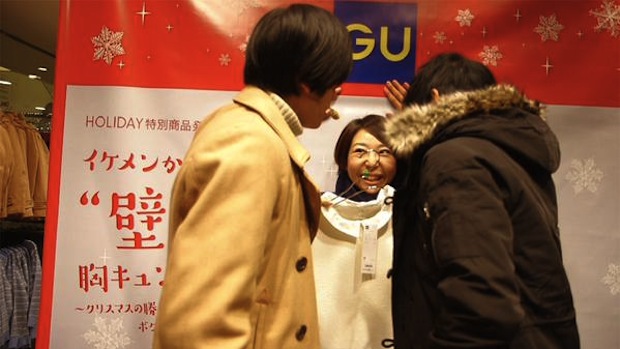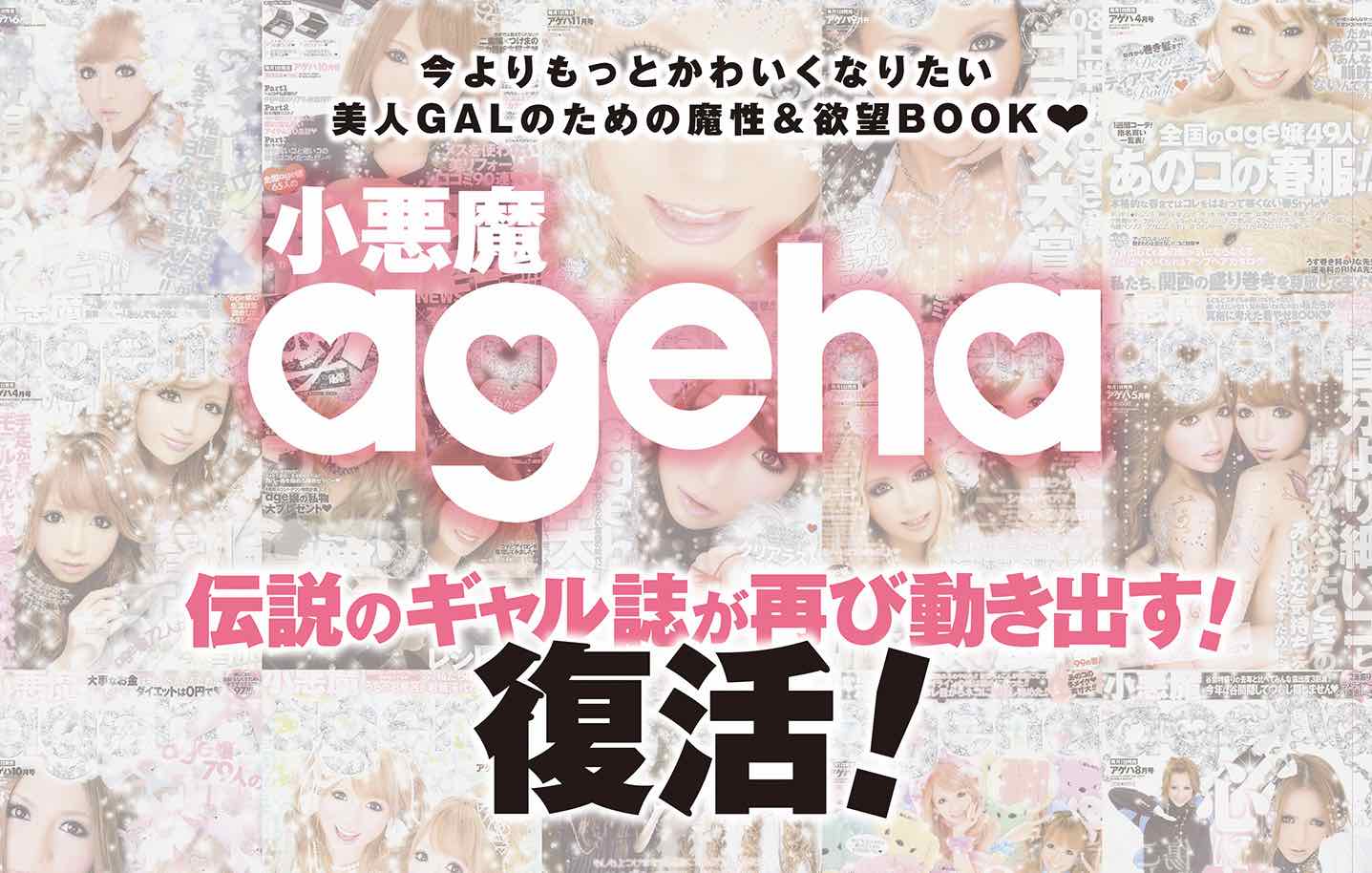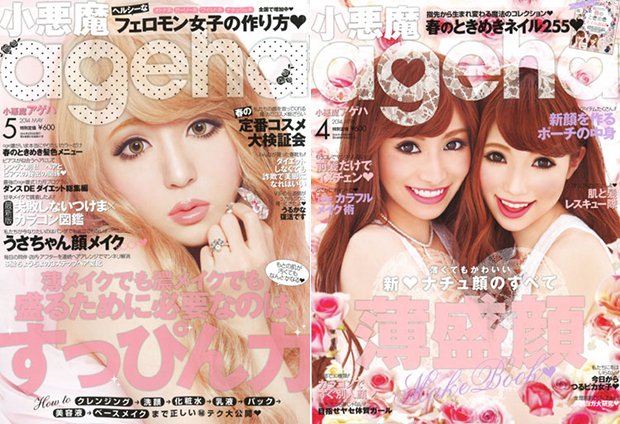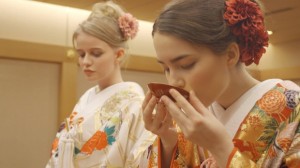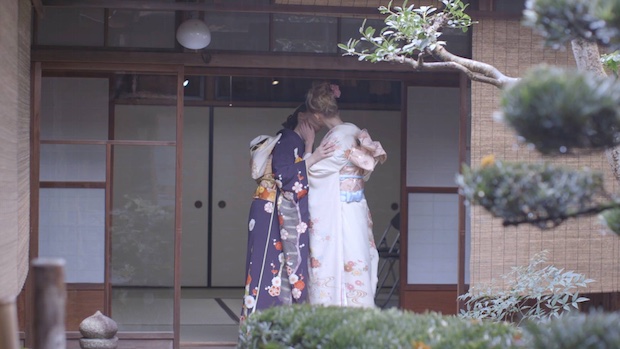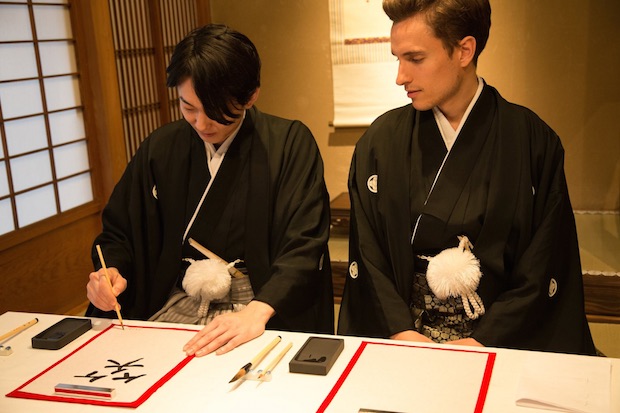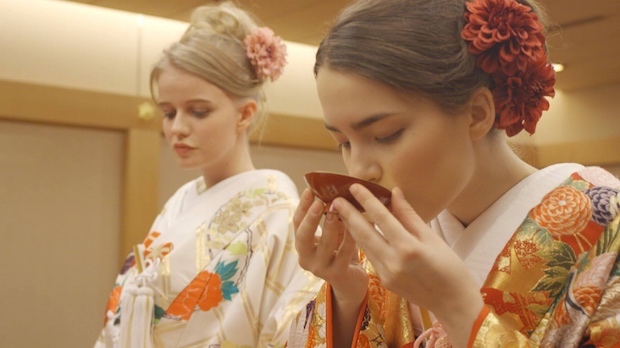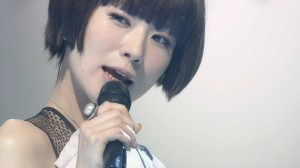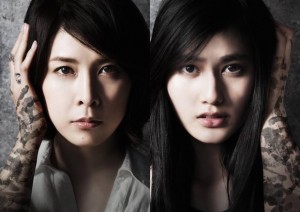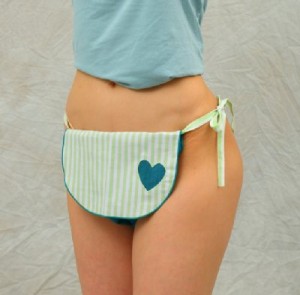
Everything comes back into fashion. And that includes Japanese loincloths. Fundoshi are usually only seen on the bodies (and buttocks) of men taking part in Japanese festivals or on sumo wrestlers (technically called mawashi).
But how about girls? Yes, fundoshi for women is a thing.
Actually, for the past few years people have been talking about this. Even venerable Japanese subculture guru Danny Choo blogged about it back in 2009.

Wacoal were pretty pioneering in this with their Nana Fun fundoshi for women product back in 2008 (sadly no longer on sale).
It led to the start of a trend and a revival in fortune for fundoshi. The Japan Fundoshi Association was even set up a little while later to promote the loincloth. And if you thought that February 14th was Valentine’s Day, you are very much mistaken. It is (also) Fundoshi Day… since 2013 at any rate.
Retailers have sprung up to cope with the demand. Ai Fun is an online store that specializes in “stylish” fundoshi for women. Odakyu Department Store in Shinjuku has a shop called Desk My Style with around 60 kinds of fundoshi on sale for men and women. Apparently they are popular with women in their thirties. There is even growing interest in the trend in other parts of Japan. A specialist fundoshi select store, Teraya, opened in Nagasaki City last November.

As part of this, we recently saw the release of a “mook” for fundoshi. Mooks are a popular element of the Japanese magazine publishing world, semi-regular magazines or spin-off booklets which often include merchandise. In this case, the Fundoshi Panties Loincloth Underwear Mook includes a pair of fundoshi. While officially unisex, the cover and magazine make it clear that this loincloth is being marketed squarely at the girls.
But fundoshi are not just being promoted for girls (and men) because they are novel or traditional. There are health benefits, such as improved blood circulation. Most importantly, fundoshi loincloths are being suggested as excellent nighttime wear for women to help them sleep.






